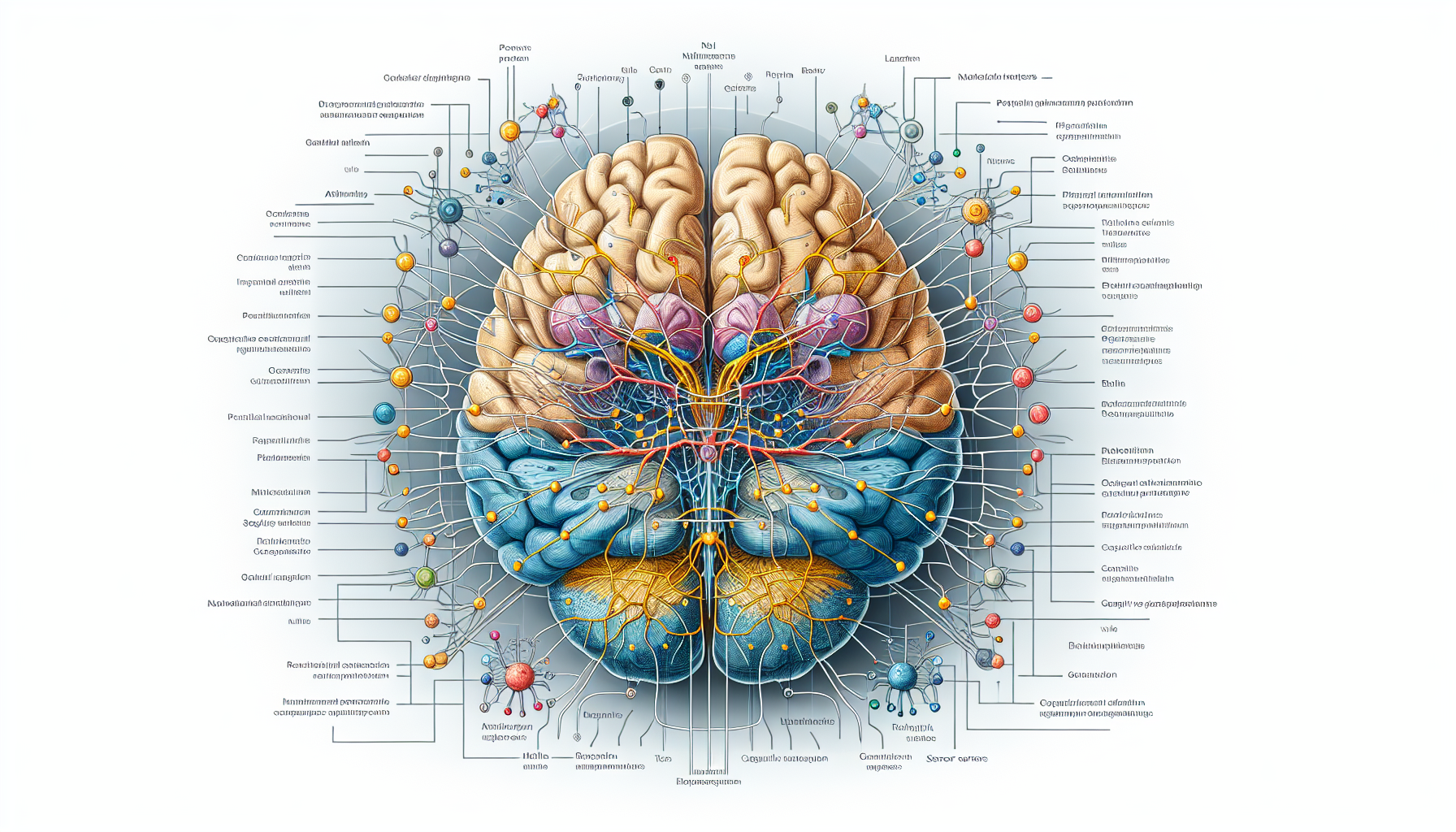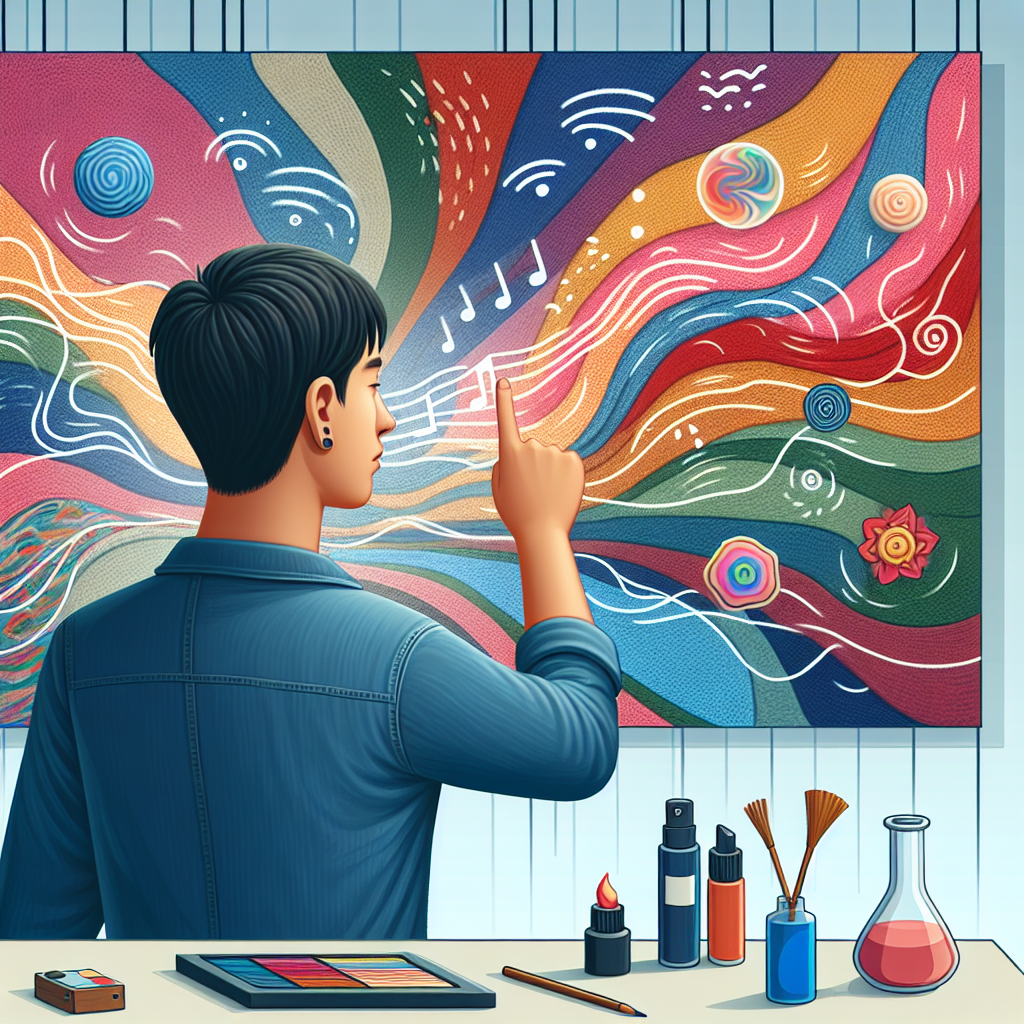In the intricate tapestry of human perception, each sense does not exist in isolation. The concept of cross-modal perception, where one sensory modality can influence and interact with another, is a fascinating area that offers insight into our overall sensory health. This comprehensive exploration into cross-modal perception will delve into its mechanisms, implications for sensory health, and how understanding this phenomenon can lead to enriched sensory experiences and improved well-being.
The Symphony of Senses: How Cross-Modal Perception Works
Cross-modal perception is akin to a symphony orchestra, with each instrument contributing to a richer, more complex auditory experience. It involves the integration of information from different sensory systems, allowing for a more nuanced interpretation of our environment. For instance, the sound of footsteps can help us visually anticipate the approach of a person even without direct visual cues. This integration happens through complex neural networks where the brain processes and correlates information from various sensory inputs.
One of the most relevant aspects of sensory health is the intricate connection between the senses and brain health. This relationship is pivotal because the brain is the command center that orchestrates the interpretation and interaction of sensory information. Research on neuroplasticity shows that our brains can reorganize themselves functionally and structurally in response to sensory input, which underscores the importance of maintaining a healthy sensory system for cognitive function.
Sensory Health: The Foundation of Perception and Interaction
Sensory health is not merely about how accurately we can see, hear, touch, smell, or taste. It encompasses the ability of the senses to work in harmony, providing a cohesive picture of the world around us. This is particularly important as we navigate environments that are increasingly complex and overloaded with sensory stimuli.
One of the key factors influencing sensory health is aging. As we age, changes in sensory perception can significantly impact the quality of life. For an in-depth look at this topic, consider the article Sensory Health and Aging: How to Adapt and Thrive, which offers valuable insights into how individuals can maintain sensory health throughout their golden years.
Digital devices also play a role in our sensory health. The article on the Impact of Digital Devices on Sensory Health discusses how prolonged exposure to screens can affect our senses, particularly vision and hearing, and suggests strategies to mitigate these effects.
Cross-Modal Perception in Special Populations
Special education curricula often incorporate strategies to enhance sensory processing, recognizing that some individuals process sensory information differently. The article Sensory Processing in Special Education Curriculum provides an overview of how tailoring educational experiences to meet diverse sensory needs can promote better learning outcomes.
The Link Between Sensory Health and Mental Well-Being
The connection between the senses and mental well-being cannot be overstated. Sensory experiences can elicit emotional responses, influence mood, and even affect social interactions. For an exploration of this connection, the article The Intersection of Sensory Health and Mental Well-being is an excellent resource that discusses how sensory health can impact mental health and provides guidance on fostering a balance between the two.
Enriching Sensory Experiences Through Cross-Modal Interactions
Understanding cross-modal perception can lead to the creation of sensory-smart environments. By designing spaces that consider multiple sensory modalities, we can enhance the way individuals interact with their surroundings. This concept is expanded upon in the piece about Creating Sensory Smart Public Spaces, which illustrates how thoughtful design can accommodate a wide range of sensory needs.
External Resources to Deepen Your Understanding
The exploration of cross-modal perception and sensory health is supported by a wealth of external resources that provide further reading and evidence-based research. Here are a few niche resources worth exploring:
- The Sensory Integration Network offers detailed information on sensory integration, a concept closely related to cross-modal perception.
- Frontiers in Psychology has published a comprehensive review on the multisensory integration of sight and sound in spatial perception.
- For those interested in the technological aspects, MIT’s Media Lab provides insights into projects like AlterEgo, a device that explores augmenting the human brain with wearables, reflecting the potential of cross-modal enhancements.
The Future of Sensory Health and Cross-Modal Perception
As we continue to unravel the complexities of cross-modal perception, the potential for improving sensory health and developing interventions to mitigate sensory impairments grows. By fostering an environment that encourages healthy sensory experiences and recognizing the importance of each sense in our perception of the world, we can enhance not only individual well-being but also our collective ability to adapt and thrive in an ever-changing world.
In conclusion, cross-modal perception is a dynamic and integral part of our sensory health. By understanding how our senses work together, we can better appreciate the full spectrum of experiences life has to offer and develop strategies to maintain sensory health throughout our lifespan. The resources and articles provided here serve as a starting point for those looking to deepen their understanding of this fascinating subject.



